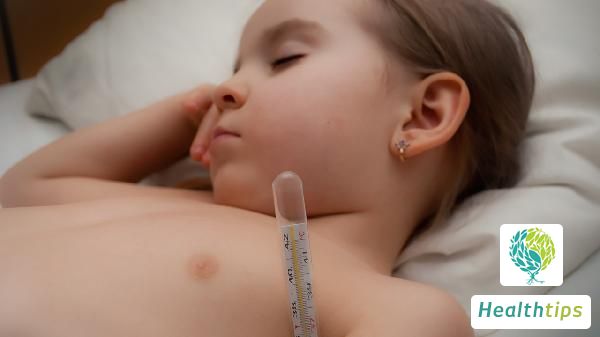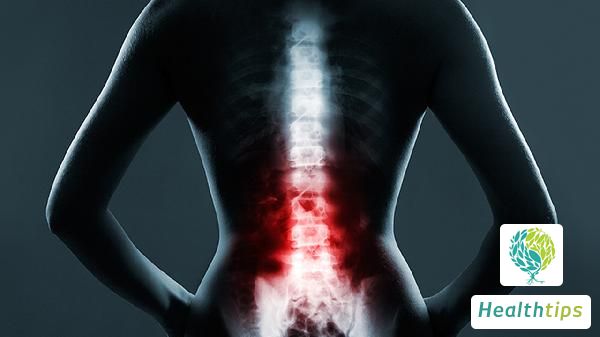How to Deal with Postpartum Breast Soreness and Swelling?
Postpartum breast pain has become a common issue. This is mainly due to the increase of prolactin in the mother's body after childbirth, leading to breast engorgement. The symptoms associated with this condition are breast tenderness and discomfort. Since postpartum breast pain can often be unbearable for mothers, it is essential to learn effective methods to alleviate it.

Methods to Relieve Postpartum Breast Pain
1. Massage. First, use a warm towel to apply heat to the breasts to initially relieve pain. Then, perform massage with appropriate pressure. This can be done simultaneously while breastfeeding, which may enhance the effect.
2. Emptying the breasts. If the baby eats less or the mother produces more milk, the remaining milk can be expressed by hand or using a breast pump after feeding. This helps to stimulate the production of more milk for the next feeding, prevents milk stagnation, and effectively alleviates breast pain.
There are many reasons for postpartum breast pain. If the milk ducts are not sufficiently open, it can also lead to breast tenderness. In such cases, mothers should continue breastfeeding and allow the baby to suction the milk ducts. If the pain is due to blocked milk ducts, it can be relieved through massage or the use of a breast pump.
If milk stagnation persists, it can lead to mastitis. Therefore, proper breastfeeding practices are crucial.
Proper Breastfeeding Techniques after Childbirth
1. Within half an hour after a vaginal delivery, the baby should be allowed to suckle the nipple. Similarly, after a cesarean delivery, breastfeeding should be initiated as soon as possible. Breastfeeding is the fastest way to stimulate milk production, establish lactation reflexes, and promote milk secretion. Additionally, it helps with uterine contraction and recovery. The first breastfeeding session should last for 5-10 minutes.
2. If nipple pain occurs, a special nipple cream can be applied. This cream provides pain relief without the need for rinsing, ensuring the baby's safety.
3. If the baby bites the nipple, it is often due to improper latching. The baby should suction the areola rather than the nipple. Gently pressing the baby's lower lip with a finger can help guide them to latch correctly, with the upper and lower lips enclosing the mother's areola.
4. There is no need to clean the nipple before breastfeeding. Avoid using soap or alcohol as the nipple contains beneficial bacteria that are beneficial for the baby's gut health. This is one of the reasons why breastfed babies have better immunity compared to formula-fed babies, as breastfeeding involves the transfer of these beneficial bacteria.



















